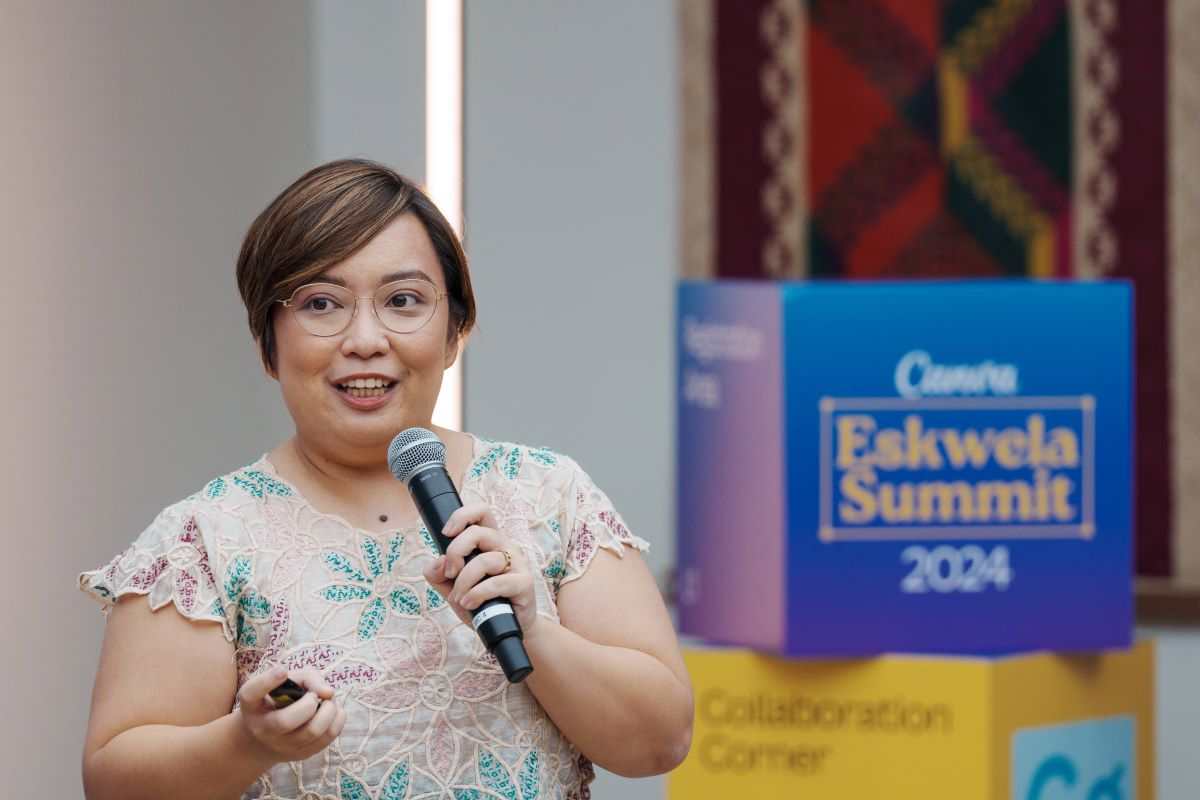Canva harnesses AI to teach visual communication

With the advancement of artificial intelligence (AI), online design platform Canva is harnessing the power of the new technology to equip students with visual communication skills.
Country Manager Yani Hornilla-Donato said the Canva 2024 Visual Economy Report found that the majority of global business leaders are referencing visual communication as a vital skill for workers.
The report also showed that 82% of the global respondents have used AI-powered tools to produce visual content in the past year, and 77% said communicating visually has increased business performance.
“It’s important that we are equipping our students and teachers today so that they are also prepared as they go into the workforce in the future,” Hornilla-Donato told GMA News Online in an online interview.
“We have seen a transformation from long-form, text-heavy documents to now more visually inclined and appealing content and resources, so we know that that is a shift. We want to be able to bridge the gap from switching from what used to be the norm before to now entering the world of visual communication,” she added.
The report surveyed more than 3,700 business leaders from 12 countries, including the US, UK, Australia, France, Germany, Spain, Brazil, Mexico, Indonesia, Japan, South Korea, and India.
Canva for Education
To help schools, Hornilla-Donato said Canva integrated its recently-unveiled AI-driven tools into Canva for Education, an offering that allows K–12 students and teachers to access the website’s premium features for free.
Some of the features under the Magic Studio are Magic Write, which allows teachers to write seamless copies using a prompt; Magic Design, which generates designs for users; and Magic Switch, which helps users transform their designs from one format to another.
“AI is a valuable tool to be integrated into the way that we educate and set up our learning tools,” said Hornilla-Donato.
Currently, at least 70 million teachers and students benefit from Canva for Education globally. In the Philippines, a social media community of teachers using Canva now has around 150,000 members.
Hornilla-Donato, however, admitted that there are still reservations about the use of AI and new technologies, including security risks.
“We have a trust and safety team…We have actual humans who look at what people input as prompts and what the output is…to ensure that we mitigate any risk that is harmful for the user, and we also prevent any harmful content that will be created out of Canva,” Hornilla-Donato said.
“The important thing to know here is that there's actual humans behind it making decisions and steering it to make sure that the values that we've always had at Canva being enforced for good, being a good human, play out as we integrate these new features,” she added.
Further, Hornilla-Donato said a major challenge in encouraging schools to use Canva is becoming familiar with new tools, which the platform addresses through online workshops and webinars in online community groups.
“We also see a lot of self-organizing and self-engaged teachers in that group. There is a cross-pollination of ideas because they collaborate and teach each other…There's a shared sentiment of flick, one thing to be able to use and adapt new technologies more,” she added.
Canva Philippines is set to hold a design summit for Canva users, including students, teachers, and business owners, in August. —VBL, GMA Integrated News




